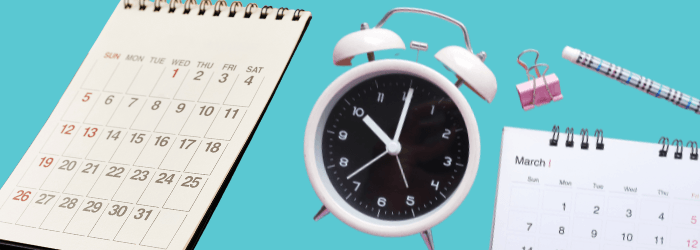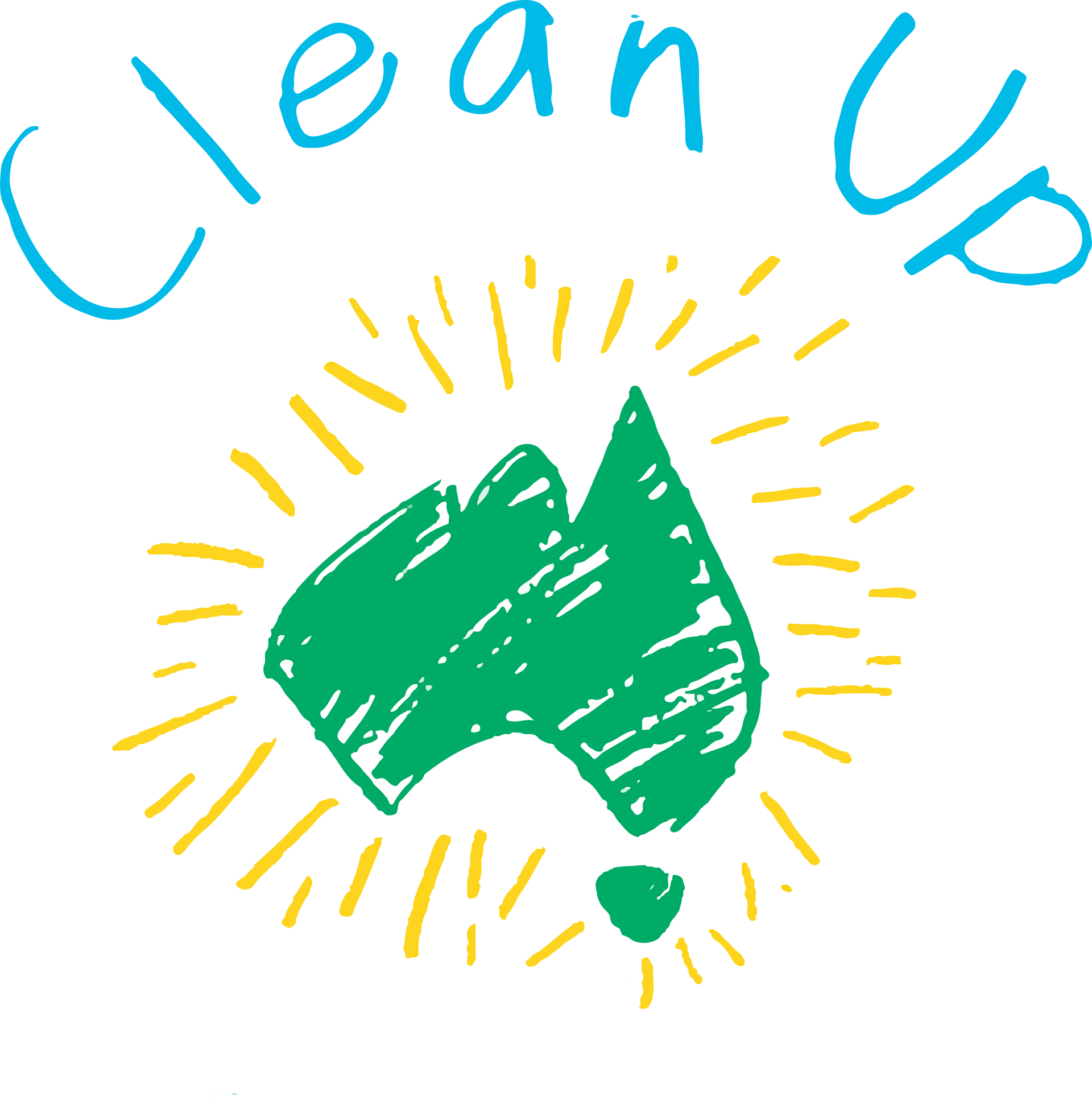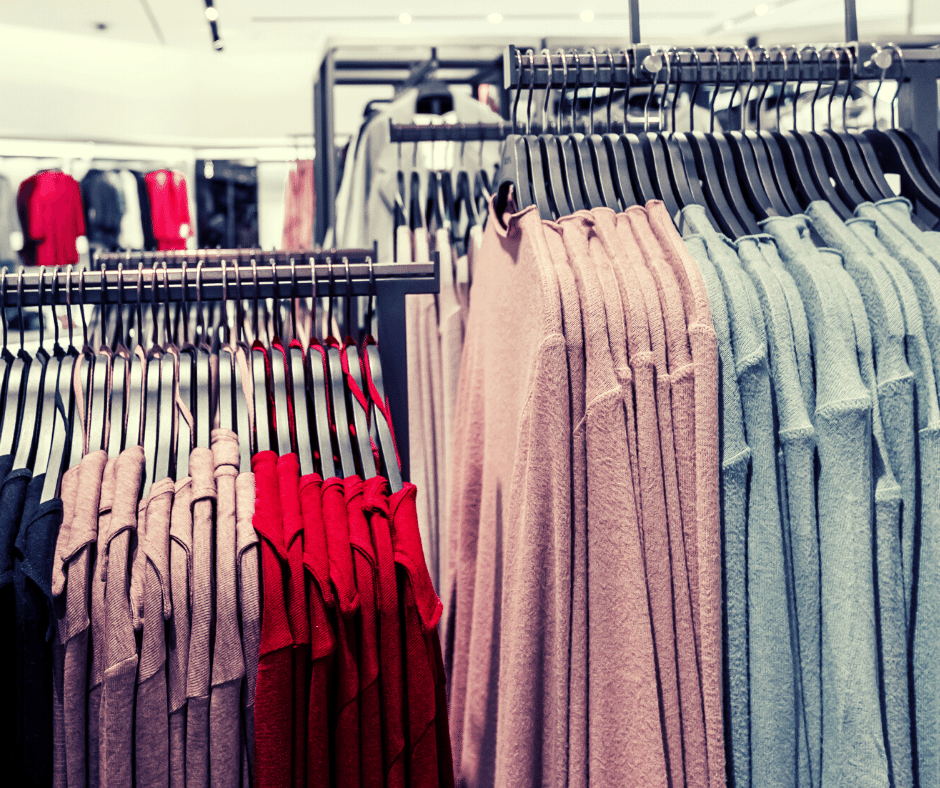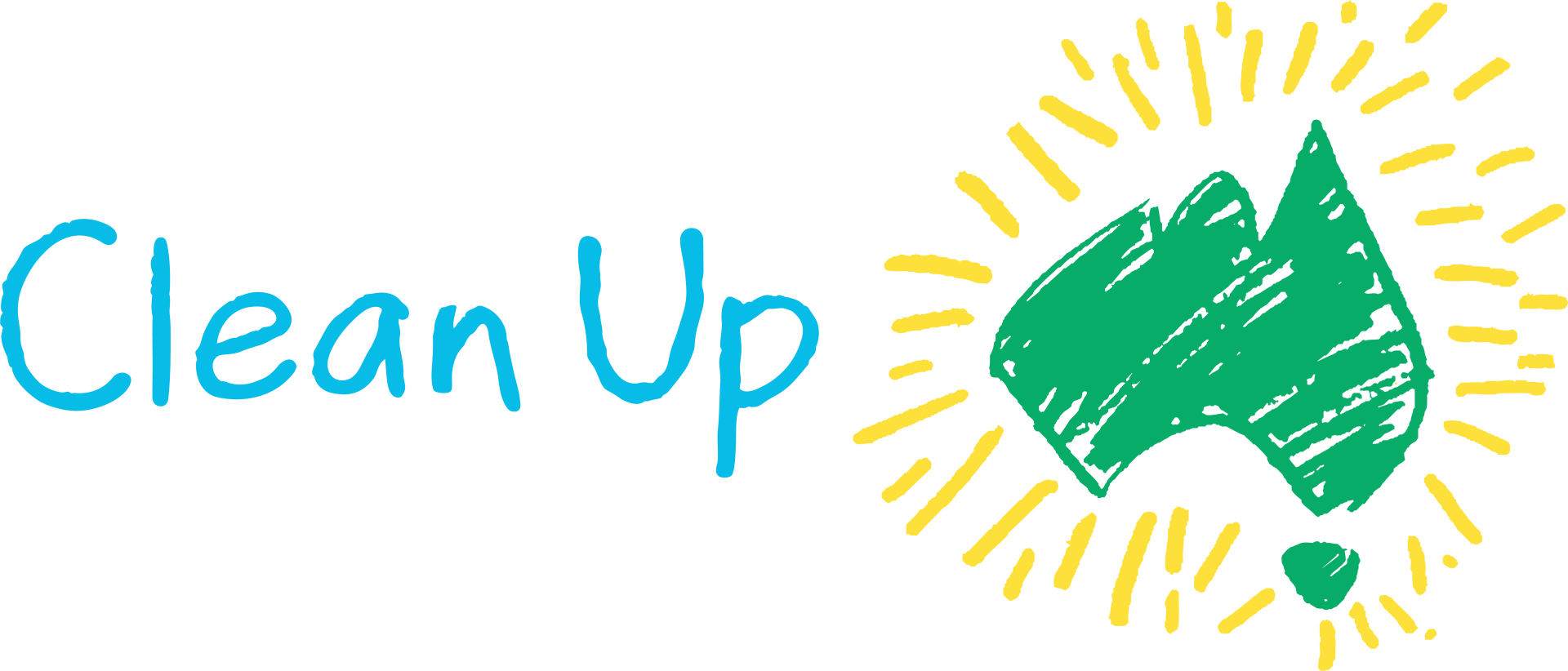Seize the day - every day!
April 22 was World Earth Day. June 5 is World Environment Day and March 6 is Clean Up Australia Day. National Recycling Week is in November and of course the whole month of July is Plastic Free...

But we all know that our environmental challenges go far beyond one day, one week, one month of action and that’s why we’re proud to support and encourage Australians to take practical action all year round. We’ll send out free gloves and bags so you can get out on any day that suits – just register online and we’ll get a kit out to you, pronto.
And if you’re keen to step up and live more sustainably 365 days a year, here’s seven hot tips to get you started – because doing your part when you can to minimise your own environmental footprint in your daily life is a small, very worthwhile, step in the right direction.
1) Buy what you need
One of the most important things you can do to live an eco-friendlier life is simple: cut back on consumption. Think hard about what you're spending money on, and the Earth (and your wallet!) will thank you.
Now, before you cut up your credit card, here’s a simple trick. Stop and ask yourself, "How will this make me feel in 10 days, 10 months, and 10 years?" So, will that pair of shoes really last more than one season, or will they be out of style by Spring? Posing this simple question will put purchases into new perspective.
2) Learn your local regulations
There's no single, uniform way that Australia handles waste. Every LGA across Australia has its own set of rules when it comes to what waste they take and what they do with it, which, surprise, surprise—can get confusing.
But there's an easy solution: do your research. Check out your local council’s website. Chances are, they’ll have an entire section devoted to their waste management program. There, you’ll find out exactly what your community accepts. Feel free to contact them, too and ask questions.
And check out GREENIUS – it’s a free, online learning platform that takes the confusion out of recycling and makes it makes it easy for both adults and children to learn to recycle better.
3) Composting is your BFF
Turns out, about two-thirds of our household waste is organic. If you can find a way to compost that? You've just eliminated a big chuck of what you're sending to landfill (while making a personalised patch of fertiliser your plant babies will love, nonetheless.)
Approximately 92% of household food waste still goes directly to landfill, where it anaerobically decomposes, expelling methane – a greenhouse gas 25 times more potent than carbon dioxide to the atmosphere.
And no, you don't need a sprawling backyard to start your own compost pile. If you live in an apartment and are short on space, invest in a bokashi bin for your kitchen bench or do your homework—chances are, there's a local community garden where you can drop off the goods. There's even a free app called ShareWaste that literally connects you with neighbours who have compost units or wormfarms and are keen to utilise your food scraps. Sign up and meet your match!
4) Buy products with less packaging
Look for loose fruit and vegetables, and take your own containers to shops and markets. Despite showing strong enthusiasm for sustainability when out and about, Australians are not acting as sustainably with their purchases online. A new report from Cleanaway shows that consciousness about packaging for online purchases is well below the level of in-person shopping, with 53% of Aussies saying they seek out products with minimal packaging when shopping in person, yet only 39% doing so while shopping online.
5) Make easy, cost-effective switches
Rather than dropping money on the latest-and-greatest in sustainable products (aka buying more *stuff*), start by switching a few easy disposables with affordable reusables. Instead of paper napkins, go to an opshop and buy some cotton napkins. Or rip up an old T-shirt to use as rags. Buy bars of soap instead of shower gel. Use jars as Tupperware and Wax wraps as plastic wrap. Got other tips? Share your other suggestions in the comments sections below.
6) Take your habits on the road
While 90% of Australians say they separate components of a single properly recycle most or every time when at home, this behaviour is less common when outside the home. Only 72% do so while on holidays, and that drops further to 68% who say they recycle at work.
7) Buy recycled
The buck stops with you! We need to purchase products made with recycled materials to create a market for the material we recycle. If there is no market, then it has to go to landfill. Buying recycled products and packaging enables valuable materials to cycle through the economy, preventing waste-to-landfill and saving resources. To truly close the loop, we need to grow the demand for recycled materials. There are plenty of recycled-content products on the market, we just need to tune-in to the choices in front of us.
Inspire your family and friends to help make a change by sharing your pledge on social media and tagging @CleanUpAustralia #StepUptoCleanUp or email your pic to cleanup@cleanup.com.au so we can add it to our website!
Search for other blog topics:










